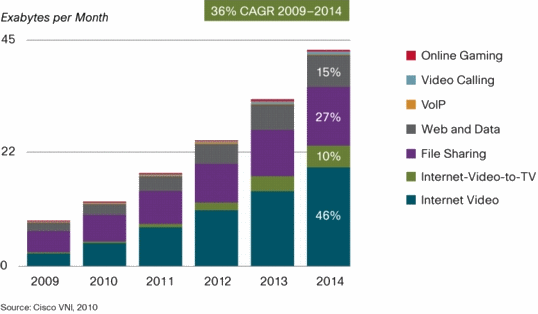 The early concern was that FTTC performance would end up being very poor, especially for those who live more than a few hundred metres (300-400m) away from their local street cabinet (performance is known to drop off sharply on longer lines). The early concern was that FTTC performance would end up being very poor, especially for those who live more than a few hundred metres (300-400m) away from their local street cabinet (performance is known to drop off sharply on longer lines). This issue became particularly important after BT introduced a new version of FTTC with a 5Mbps fault threshold, which was designed to "increase the footprint" (UK coverage) by allowing longer lines and thus lower speeds. So far most of those fears, at least for now, appear to have been unfounded. The Director of IDNet , Simon Davies , told ISPreview.co.uk: "Most customers get between 30 and 39Mbps. Some customers with longer lines may connect between 20 and 30Mbps. We've not seen any connections below 20Mbps." Zen Internet informed us that their customers had also received a similar average performance of "[approaching] 30Mbps", while Entanet added that they too had "seen an average speed of around 35Mbps with some customers achieving the full 40Mbps". Ofcom's March 2011 survey of national broadband speeds reported that FTTC averaged 31.8Mbps. PlusNet reported a similar figure during some of their recent customer trials. To put that in perspective, most customers receive more than three quarters of FTTC's maximum performance. By contrast Ofcom recently discovered that the average speed for the most common ADSL2+ (20Mbps-24Mbps) based broadband packages was just 6.2Mbps, which is just one quarter of the technology's maximum theoretical capability. In fairness the FTTC rollout is only in its first year and the situation could change as penetration rates grow. Likewise the technology could evolve to reach further and potentially go even faster (more on that later), which would put FTTC under a lot more strain than it is today. However, for the time being at least, the early indications are already extremely positive.
It's a historic fact that the quality of content that is available has always improved alongside the growth of higher performance internet access. Back in the 1990's, when slow dialup connections were king and broadband was but a distant pipe dream, the idea of having video streaming sites, such as YouTube or iPlayer, would have seemed radically premature. Today those services are common and the rate at which we use them is increasing. Cisco's Visual Networking Index 2010 (VNI) forecast predicted that global internet data traffic would exceed 767 Exabytes by 2014, which compares with an annual run rate of 176 Exabytes in 2009 when IP traffic grew by 45% in the year. Online video and High Definition TV services are predicted to dominate this growth (see picture - top right). It goes without saying that those who adopt a faster solution like FTTC might also start using their connections more, but do they? A Zen Internet Spokesperson told ISPreview.co.uk:
"Because FTTC is significantly faster, usage has increased dramatically. This is partly due to early adopters of new technology being heavy internet users, but itís also a consequence of Fibre Broadband enabling high bandwidth services such as iPlayer."
|